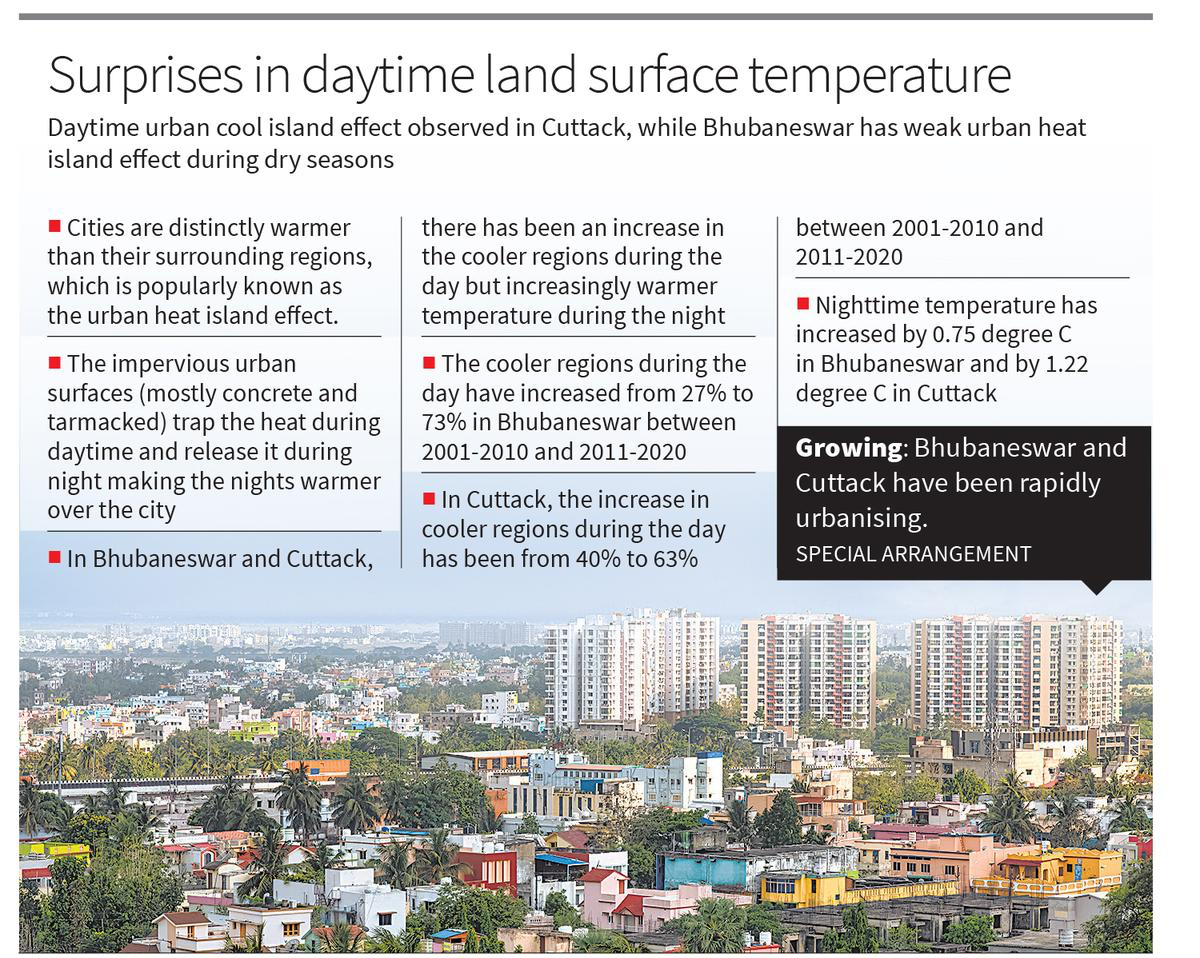Free Courses Sale ends Soon, Get It Now


Free Courses Sale ends Soon, Get It Now



Disclaimer: Copyright infringement not intended.
Context: A recent study conducted by researchers from the School of Earth Ocean and Climate Sciences at IIT Bhubaneswar.
Details
Increased Land Surface Temperature:
Daytime Temperature Changes:
Nighttime Temperature Changes:
Reasons for Temperature Changes:
Expansion of Hotspot Area:
Implications and Conclusion:
|
PRACTICE QUESTION Q) Discuss the impact of urbanization on land surface temperature in Indian cities. Analyze the implications of increased land surface temperature on urban heat island effect and temperature differentials between day and night. (200 words) |
https://epaper.thehindu.com/ccidist-ws/th/th_delhi/issues/40127/OPS/GGKBCF6TM.1.png?cropFromPage=true
© 2024 iasgyan. All right reserved